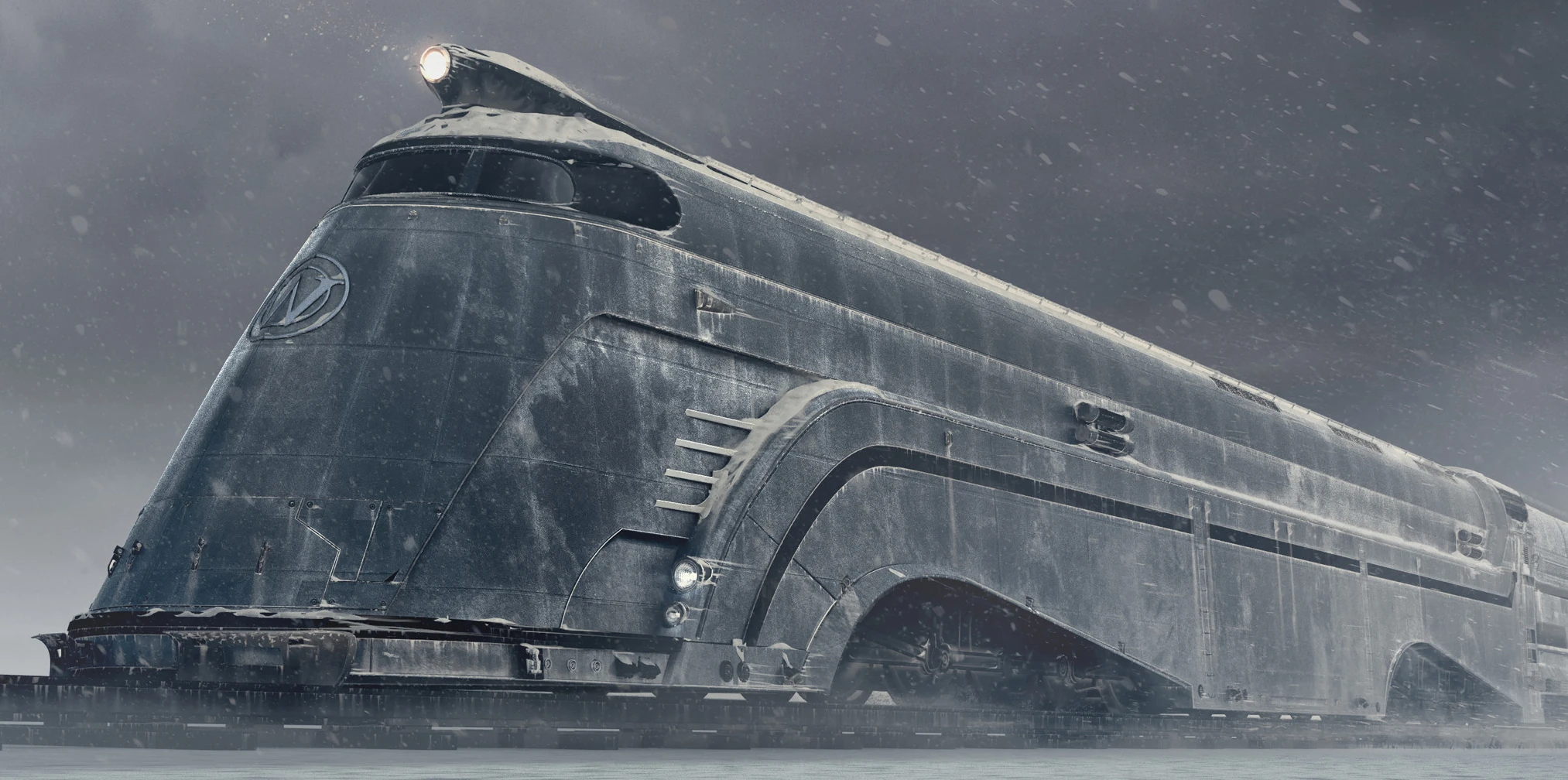Recently I watched the 2020 movie Sound of Metal. The film follows a metal drummer named Ruben as he battles with hearing loss. Ruben’s whole life is music. He lives in a van and tours the U.S. performing small shows in various cities with his bandmate and girlfriend, Lou. Years of touring and playing with no ear protection has permanently damaged his hearing. After disregarding doctors’ recommendation to stop drumming in order to preserve the hearing he has left, Ruben is left completely deaf. Because Ruben previously had issues with addiction, Ruben and Lou decide to part ways in order to allow Ruben to spend time in a deaf community designed for addicts to recover and become adjusted to their new lives.
I promise this is going somewhere.
As time goes on, Ruben puts in a lot of effort to become accustomed to his new life as a deaf person. He learns American Sign Language and takes on roles as a mentor and teacher in his community. But he cannot ever shake the feeling that he has lost a part of himself. He misses drumming. He misses Lou. He misses hearing. To try to regain these parts of his life, he sells just about all of his possessions in order to pay for cochlear implants. In doing this, he betrays the community he has built. Trying to “fix himself” goes against the community belief that being deaf is not a problem that needs fixing, merely it is a neutral thing that must be adapted to.
The cochlear implants do not work the way Ruben wants them to. They cause distortion in the way he hears sounds, making it easier, but still very difficult, to hear the world around him. Upon meeting back up with Lou, Ruben decides that she is better off without him, and leaves her again. The film ends with Ruben turning off his implants, sitting in a park, and solemnly reflecting on the choices he has made.

This movie is a great exploration of the choices we make, and how we must choose to live with and adapt to the consequences of not only our actions, but also the hands we are dealt in life. As I was watching it, I could not help but see a parallel in Ruben’s arc as a character, and the path we are all headed down in regards to climate change.
For years, he have been drumming with no ear protection. Simulations indicate that if mitigating strategies were done as late as the 1980s, global temperatures would be predicted to rise far less than what is being predicted now (Sanderson, 2020). We now know that climate change is an issue, yet we still continue to drum. As of 2021, none of the world’s largest economies had climate plans in place that aligned with the 2015 Paris Agreement, an agreement made by many major countries to try and limit global temperatures to 1.5 degrees Celsius above pre-industrial numbers (Kottasova, 2021). Instead of adapting to the new world we will soon face, we are turning to technology in order to keep things the way we like them. We are constantly being told of technologies like carbon capture, a process that will come to save us all, when in reality, the technology will likely not do enough to solve the problem, with it not even being half as efficient as we had been promised it would be (Anthony, 2022). Much like cochlear implants, these changes will help, but not fully solve the issue like we wish they could. As a result of banking on technology, it seems like we do not really have a plan of how we will live when climate change starts wreaking havoc on our society.
We are at a fork in the road here. We could change the way we live in order to adapt to the challenges we are and are going to face. Continue being a part of the deaf community. Reduce emissions and consumption and live smaller lives. Or we could go get the cochlear implants, trust that technology like carbon capture will save us. We need to change the way we are thinking about our response to climate change. You can’t solve being deaf with technology, you learn sign language and adapt to the new life being deaf brings you. We won’t solve climate change with technology, we must, at this point, live smaller adapt to the new life it brings us.
Anthony, Leslie. “The Truth about Carbon Capture.” Canadian Geographic, Canadian Geographic, 5 Jan. 2023, canadiangeographic.ca/articles/the-truth-about-carbon-capture/.
Kottasová, Ivana. “Not a Single G20 Country Is in Line with the Paris Agreement on Climate, Analysis Shows.” CNN, Cable News Network, 16 Sept. 2021, www.cnn.com/2021/09/15/world/climate-pledges-insufficient-cat-intl/index.html.
Sanderson, B.M., O’Neill, B.C. Assessing the costs of historical inaction on climate change. Sci Rep 10, 9173 (2020). https://doi.org/10.1038/s41598-020-66275-4


